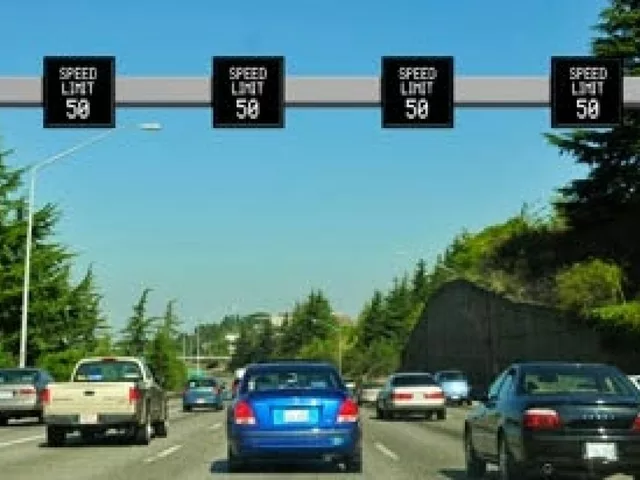Airborne Car Experience – What It Is and How to Try It
Ever wondered what it feels like to launch a car off a ramp and soar for a split second? That’s the core of an airborne car experience – a short, controlled jump that gives you a burst of pure adrenaline. It’s not a stunt you see on every street; it’s a purpose‑built event that mixes safety, engineering, and the joy of feeling weightless for a moment.
Why People Love the Jump
The appeal is simple: you get the rush of speed, the roar of the engine, and a quick taste of flight without leaving the ground. Most fans say the moment the car lifts off feels like a roller‑coaster mixed with a drag race. Because the jump lasts only a few seconds, you can repeat it, improve your timing, and keep chasing that high without the commitment of a full‑time racing career.
What You Need to Know Before You Go
First, pick a reputable venue. In the UK, places like the Goodwood Motor Circuit’s ‘Airborne Days’ or the Bedford Autodrome’s jump events have certified ramps, trained staff, and thorough safety checks. Second, bring a car that meets the venue’s specs – usually a front‑engine, rear‑wheel‑drive car with a solid roll cage. Third, wear the right gear: a full‑fit racing suit, helmet, gloves, and shoes with good grip. Finally, listen to the briefings. The operators will walk you through the ramp angle, speed target, and the exact point to hit the throttle.
Most venues limit the jump to a speed between 70 and 90 mph, depending on the ramp’s height. Hitting the target speed is key; too slow and the car won’t clear the gap, too fast and you risk overshooting the landing zone. The instructors will often provide a timing light or laser to help you gauge your approach.
Safety isn’t optional. The cars are usually fitted with extra chassis reinforcement and a harness that locks you into the seat. If you’re new, you’ll get a run‑through in a safety car first, so you learn the feel of the ramp without the risk. Once you’re comfortable, the real jump is a quick, exciting sprint.
After you land, you’ll feel a sharp jolt as the suspension absorbs the impact. Most participants say that moment is the most satisfying part – you’ve just turned a high‑speed run into a brief flight and back again. The best part? You can share the experience with friends, compare times, and even post the video on social media.
Wondering how often you can do it? Most tracks allow a limited number of jumps per day to keep the surface in good condition and to give everyone a fair chance. Typical sessions last 30–45 minutes, giving you enough runs to feel confident without wearing yourself out.
If you love cars and want a new way to push the limits, an airborne car experience is a perfect middle ground. It’s more extreme than a standard track day, yet far safer than attempting a jump on a public road. Plus, you get the chance to meet other enthusiasts who share the same passion for speed and innovation.
Ready to give it a go? Check the event calendar on British MotoSport Parts’ website, book your spot, and make sure your car meets the venue’s requirements. Bring a friend, grab the gear, and get ready to feel that brief, exhilarating lift off the ground. It’s an experience you’ll remember long after the tires hit the pavement again.



